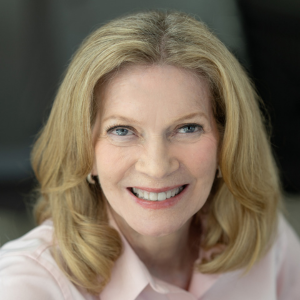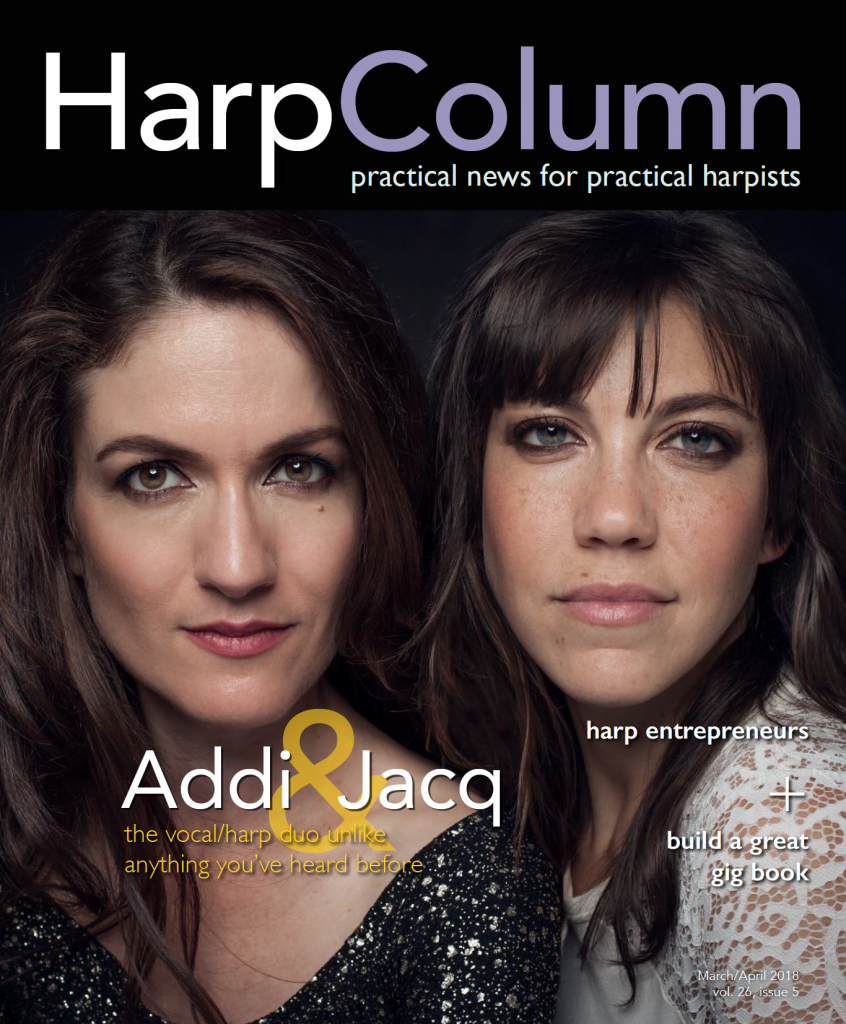
Lyon & Healy recently started accepting submissions of compositions and arrangements for publication since they have resumed publishing after a lengthy absence. The result is that there is already a plethora of new music available spanning a wide variety of genres. Some of its titles are digital downloads only, and a few are available as bound printed music.
One of the highlights from their new cache is a suite of three original pieces for pedal harp titled 3 Reasons to Stay by Barbara Neumuller. These beautiful melodies ramble in and out of different keys with gorgeous transitions.
The first, “Forgiveness,” starts out in G-flat, although the pedal chart at the beginning incorrectly has an F-sharp. The meter wanders back and forth between 3/4 and 4/4 with one measure of 2/4. It is just three pages, and the pedal changes are clearly marked in the middle of the staff. “The Last Thing You Said” is next and changes key six times in three pages. “Sunday Afternoon” is the last piece and has the most challenging pedal changes, but they are all manageable. It is only two pages long.
This suite is sight-readable for the intermediate to advanced player. No fingering is suggested, but if you can sight-read this music, you’ll know how to finger it as well.
These wistful strains could loosely be described as new age in style as they have a somewhat contemplative quality to them. You might expect to hear them as the background music for a movie, and they would be suitable in a variety of settings. They should stimulate your imagination, and they are very satisfying to play.
Advanced players will find some lovely choices in Three Russian Flowers arranged by the Russian phenom, Sasha Boldachev. While the music is reasonably challenging, that is not what makes these pieces difficult. It is the execution of the special effects and the frequent pedal changes, none of which are notated. On the first page of “Snowdrop” by Alexander Gretchaninov, for example, there are left hand tremolos that are presumably played using the Paraguayan trino technique. These are played on several different chords that change rather quickly. Boldachev also uses xylophonic sounds that he often plays with one hand.
The second melody, “Lilly of the Valley” by Anton Arensky, has chords below the melody in the right hand that give the impression of strumming and need to be played with clarity. There are frequent and fast pedal changes. Page turns are awkward, and fortunately, there is only one in all but the last piece. The final selection, “Daisy” by Sergei Rachmaninov, has several one-handed trills, and few harpists play these as fast and clean as Boldachev.
All three pieces can be heard on his CD, From Russia with Harp. The Rachmaninov piece is titled “Margarita” on the CD, rather than “Daisy,” and uses the traditional spelling of the composer’s name (Rachmaninoff), but it is indeed the same delightful melody.
This is an enchanting trio of Russian music. However, it would have been extremely helpful to have the pedal changes marked. It would also have been beneficial to include a glossary of special effects explaining their execution. Perhaps this could be added to the digital version of this collection. If you’re up for a challenge or need a new set for a concert program, these flowers will not disappoint.
There is also something new for beginners, particularly young players on lever harp. Songs by Sonja books one and two are collections of “easy pieces for small fingers for troubadour or Irish harp” by Sonja Inglefield.
There are a couple things that should be made clear from the outset to help determine if these books are an appropriate choice for your young students. Book one uses only three fingers, and both books are for harps tuned to the key of C major. There is no foreword by the composer, so one can only guess that the decision to write for harps tuned to C was to accommodate the enharmonic glisses in several pieces or because she felt the concept of E-flat tuning was too advanced at this stage.
Book one contains 10 short pieces, and book two has 13 pieces and adds the use of the fourth finger. Both books provide the opportunity to explain some more advanced concepts. Some pieces make the student jump back and forth between clefs or read bass clef in both hands. Some special effects are introduced, such as tapping on the soundboard and nail glisses. The collection also uses grace notes and contrary motion with the two hands, as well as some muffling, a Da Capo, and some work with synonyms. The pieces are useful to work on rhythm as the music ranges from whole notes to sixteenth notes.
Teachers should find these little tunes useful for introducing young students to these various concepts. Young students should enjoy playing the glisses, taps, muffles, and synonyms. There is much to like about these two books. Let’s hope there will be subsequent volumes for lever harps tuned to E-flat. •
Jan Jennings is the music review editor for Harp Column and is the author of The Harpist’s Complete Wedding Guidebook and Effortless Glissing.






